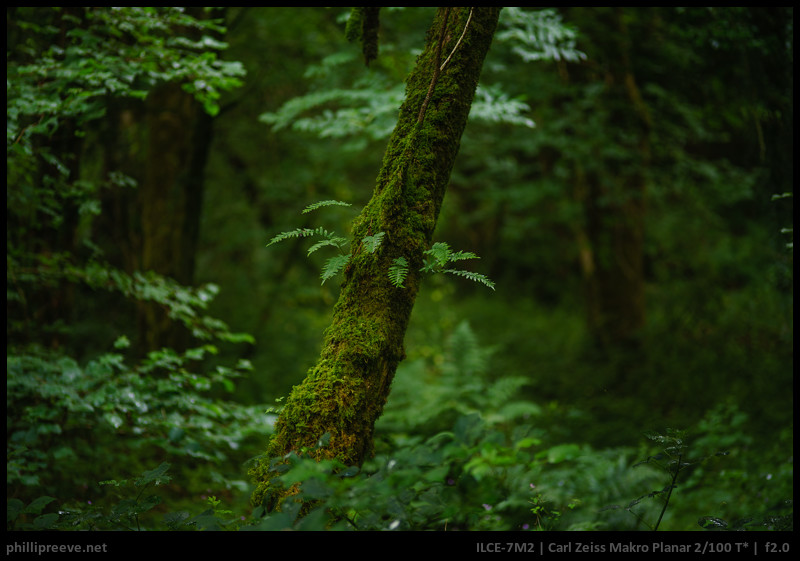In this series we interview amateur photographers just like us, who inspire us and who share our passion for photographing with manual lenses.

Hi Dan,
can you tell us a little bit about yourself and how you came to use manual lenses?
D: I’m studying mechanical engineering at the RWTH Aachen. Besides my studies and my work as mechanical designer at a young high tech kickoff of the Fraunhofer ILT Aachen I take photos and make music.
I started with photography about 7 years ago. At this time I owned a Lumix FZ18 – a bridge cam. I was really annoyed by it after some time, it felt like the cam made the photos and not me. There was nothing left for me to do except framing, the auto focus just had its own will and the super zoom made it too easy. To take control of the image I used a lot of Photoshop.
At some point this did not satisfy me anymore. I wanted to create an image, to make the camera do what I wanted it to do. So about 5 years ago I bought a NEX 5N with the 18-55 kit lens. While this combination was no real change to my FZ18, I could also use some old FDs from my dad.
Using the Nex-5n with the old FDs was what I had wanted all along. No more pumping auto focus and no more miss focused images.
I started testing and collecting FDs and I do so til today. Legacy lenses were and are the best compromise between price and performance. Besides some of them do have real unique characteristics.
My 5N accompanied me about 2 or 3 years but I was complaining about bad image quality at low light situations a lot. So I decided that the best thing to do would be to buy an a7 and that’s what I did. It was indeed a boost in lowlight for several reasons.
First the sensor is bigger and therefore it is better at those situations by its own. Second my old FDs were made for fullframe and now I could use their full potential. I owned some f/1.2 and this light boost seemed pretty much insane to me. Til today I’m happy with my A7. I never anticipated to buy an AF lens and I think I never will. I shot a wedding, various model shootings, a band shooting and take everyday footage of my family… of young and wild kids.

I don’t miss any little helper besides the things my A7 already does and the only thing that a A7II could do for me would be the IBIS. Photography has becomea big part of my life and I hope to lift my hobby up to the next level in the future.
Can you give us a look into your camera bag and tell us a little about your gear?
Continue reading The manual photographers series part 1: Dan Noland
 The Minolta AF 2.8/200 has the reputation to be one of the best if not the best lens Minolta ever made. In this review I check if it still can keep up with the Sony a7II 30 years after it’s introduction.
The Minolta AF 2.8/200 has the reputation to be one of the best if not the best lens Minolta ever made. In this review I check if it still can keep up with the Sony a7II 30 years after it’s introduction.









 The Zeiss Makro-Planar 2/100 is faster than almost any other macro lens and one of the sharpest lenses ever built. Lets put it to the test!
The Zeiss Makro-Planar 2/100 is faster than almost any other macro lens and one of the sharpest lenses ever built. Lets put it to the test!

